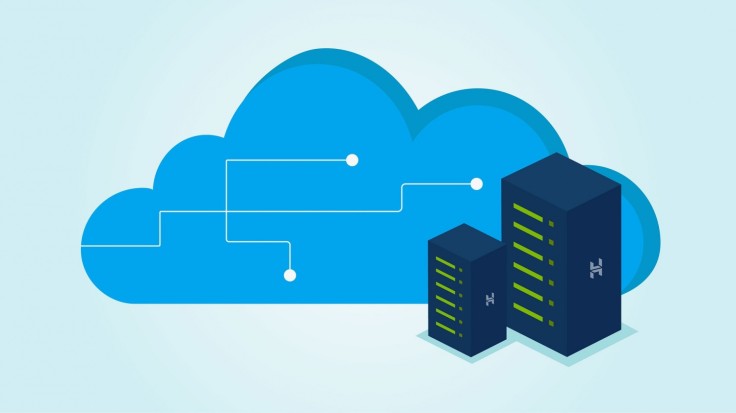
What Is a Database and How Does It Work?
Databases have been around for decades. But what exactly are they and how do they work? Read on to find out!
What is a database?
A database is an organized collection of data. It's usually stored electronically on a computer, and people use it to store, access, manage, update, and manipulate different types of data.
Think of it like a library full of books. The books are the data and the library is the database. Or think of it as a phone directory that holds countless names and phone numbers, each of which is a record.
In most cases, the data within a database is organized in a series of tables that contain rows and columns. Users can interact with the data through a database access language such as Structured Query Language (SQL).
Ultimately, the point of a database is to simplify the management of data.
Types of databases
There are many different types of databases. Here are some of the most common ones:
Relational database. This is a database in which data is organized in related tables. Each table is made up of its own columns and rows, and each table is somehow related to another table.
Distributed database. This is a database in which data is stored and processed at different physical locations, whether using the same underlying hardware and software or not.
NoSQL (or non-relational) database. This is a database that stores and processes large quantities of unstructured data, including distributed data.
Cloud database. This is a database hosted in a virtualized cloud environment. It's easily scalable and compatible with many software-as-a-service (SaaS) apps.
OLTP database. This is a database that can perform fast query processing and maintains data integrity in multi-access environments.
Data warehouse. This is a database made up of many separate databases combined into one larger one.
Object-oriented database. This is a database where data is represented in the form of objects as opposed to alphanumeric data.
Database components
Now that you know what a database is and what types of databases exist, here are the main components that make up a database:
Hardware: Electronic devices like computers and storage systems that the database software runs on.
Software: Programs used to manage and control the database, including database management software (DBMS), operating systems, and network software.
Data: The raw information stored in the database, e.g. text, images, or video.
Procedures: Rules and instructions for how the database works and how it handles data.
Database access language: The computer language used to access, retrieve, and manipulate data in the database (the most common is SQL).
What are databases used for?
At this point, you may wonder: Who uses databases and what do they use them for?
Databases are used across every industry to gain insights into how to make better business decisions. You can use them to improve business processes such as sales, order processing, and inventory management (e.g. via inventory management software).
You can also use databases to keep track of customers. For example, social media companies collect and store user information so they know what types of content to recommend and how to improve the user experience (UX).
Some businesses use databases to power their products. For example, cloud providers like Dropbox and Google Drive allow users to store personal data like media.
Challenges of using databases
Of course, using databases has its challenges. For example, you must protect your data from cybercrime, which is on the rise.
Similarly, you must restrict access to your databases to help ensure data integrity.
To optimize data performance, you must also keep up with regular updates and maintenance of your database software. Otherwise, its functionality can suffer.
Integrating different data sources with different types of data can be challenging as well. You need to find ways to standardize data in order for it to be housed in the same database.
The future of databases
Despite the challenges, databases aren't going anywhere. In fact, the market for cloud databases is on fire. According to a report by Market Research Future (MRFR), it's expected to reach $38.6 billion by 2030, growing at a compound annual growth rate (CAGR) of 14.8%.
Clearly, now is the time to leverage database technology in your own organization.









